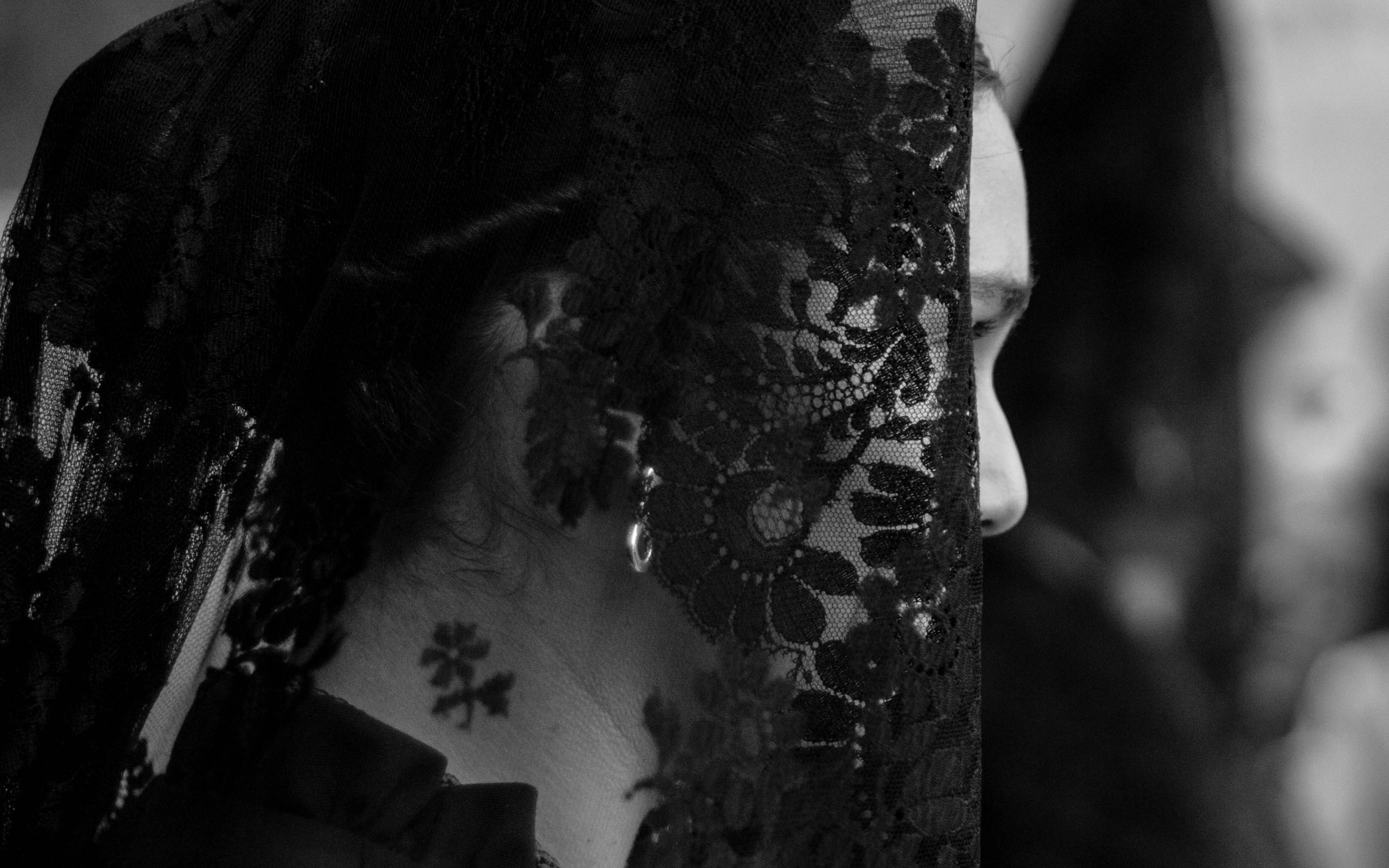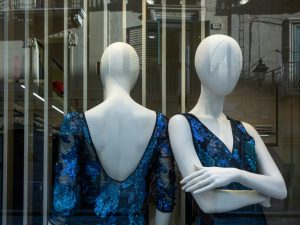The powerful story behind the little black dress
The little black dress. A staple in every woman’s closet, this timeless piece has been a symbol of elegance and sophistication since its creation. But do you know the powerful story behind the little black dress? From its humble beginnings to its rise as a fashion icon, let us take a journey through its history and discover the significance of this iconic garment.
The Birth of the Little Black Dress
The little black dress, or LBD as it is commonly referred to, was first introduced by the fashion icon and legendary designer, Coco Chanel, in the 1920s. In a time when black was mainly associated with mourning and was avoided in the world of fashion, Coco Chanel completely revolutionized the industry by introducing this simple and versatile dress.
Breaking Traditions
At that time, the standard for women’s fashion was to wear elaborate and brightly colored dresses. But Coco Chanel saw the potential of black as a staple color in fashion. She wanted to liberate women from the constraints of traditional fashion standards and introduced the little black dress as a simple yet elegant alternative.
A Versatile Piece
The little black dress quickly gained popularity due to its versatility. It could be worn on any occasion, from a day at the office to a night out on the town. It could be dressed up or down with the right accessories. This versatility made it a must-have item in every woman’s wardrobe, regardless of their social status.
An Affordable Luxury
During the Great Depression, the little black dress became even more popular as it was affordable compared to the elaborate and expensive dresses of the time. It became a symbol of understated luxury, allowing women from all walks of life to own a piece of high fashion.
The Little Black Dress Makes History
The little black dress cemented its place in history when it was worn by Audrey Hepburn in the 1961 film, Breakfast at Tiffany’s. Designed by Givenchy, the simple yet elegant black dress worn by Hepburn became an instant sensation. It represented the modern, independent and confident woman, and it became a must-have item in every woman’s wardrobe.
A Fashion Staple
Since then, the little black dress has become a staple in every fashion designer’s collection. It is constantly reinvented and reimagined to suit various styles and trends, but its essence remains the same – timeless, elegant and versatile.
An Expression of Individuality
The little black dress has also become a symbol of liberation and breaking societal norms. Women have embraced it as a means of expressing their own personal style and individuality, regardless of societal expectations. It has transcended the traditional definition of fashion and has become a statement piece, representing women’s freedom and empowerment.
The Enduring Legacy of the Little Black Dress
Today, the little black dress continues to reign supreme as a must-have item in every woman’s wardrobe. It has stood the test of time and has become a symbol of timeless elegance and sophistication. Whether it’s a classic sheath dress or a modern and edgy version, the little black dress is here to stay.
Forever a Fashion Icon
The little black dress is not just a piece of clothing, but a piece of history. Its powerful story has made it an icon in the world of fashion. From its humble beginnings to its enduring legacy, it has become a representation of strength, independence and individuality – making it more than just a dress, but a powerful symbol.
In conclusion, the little black dress has a story unlike any other garment in the world of fashion. It has broken barriers, defied norms and stood the test of time. So, the next time you slip on your LBD, remember the powerful story behind it and embrace the timeless elegance it represents.










